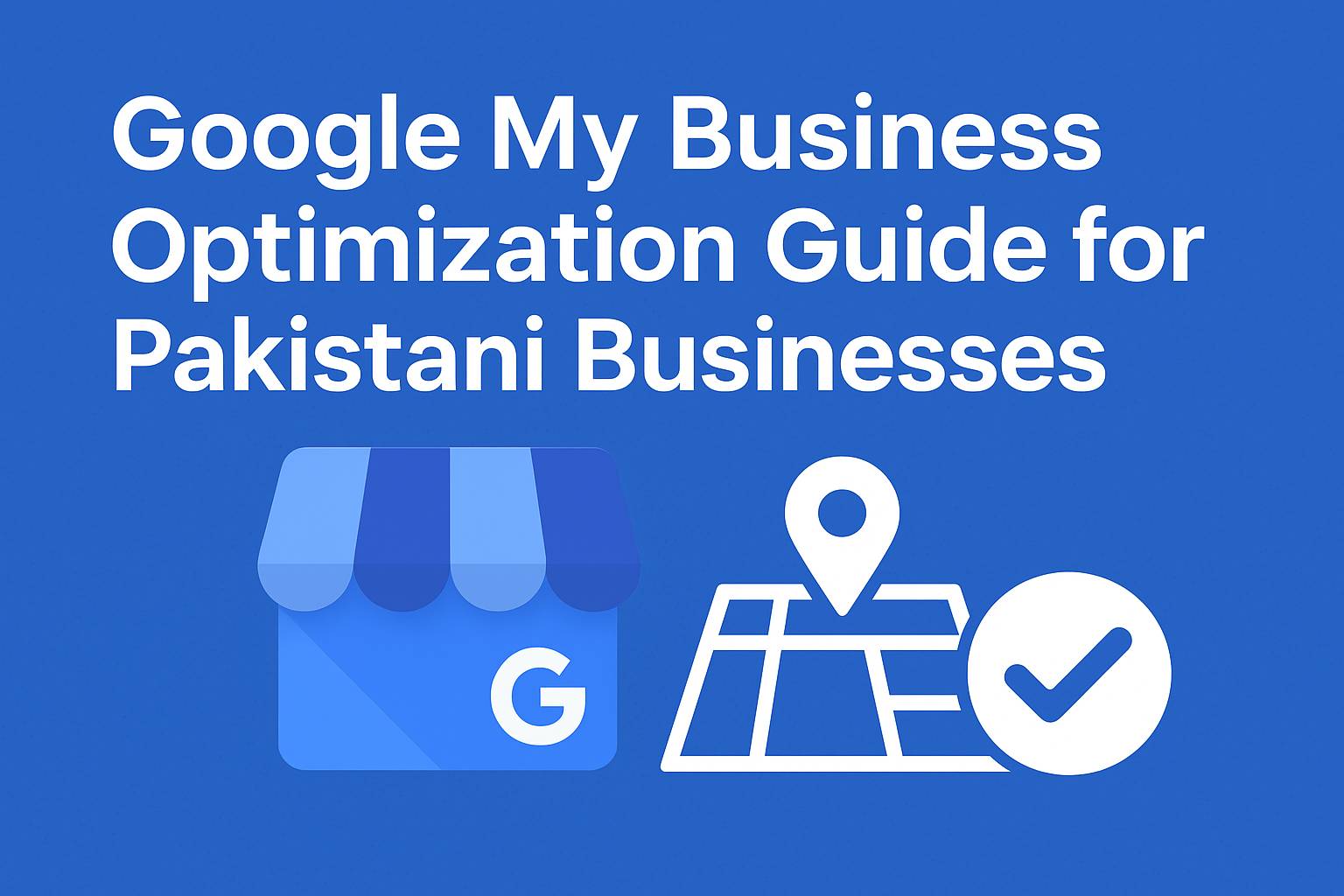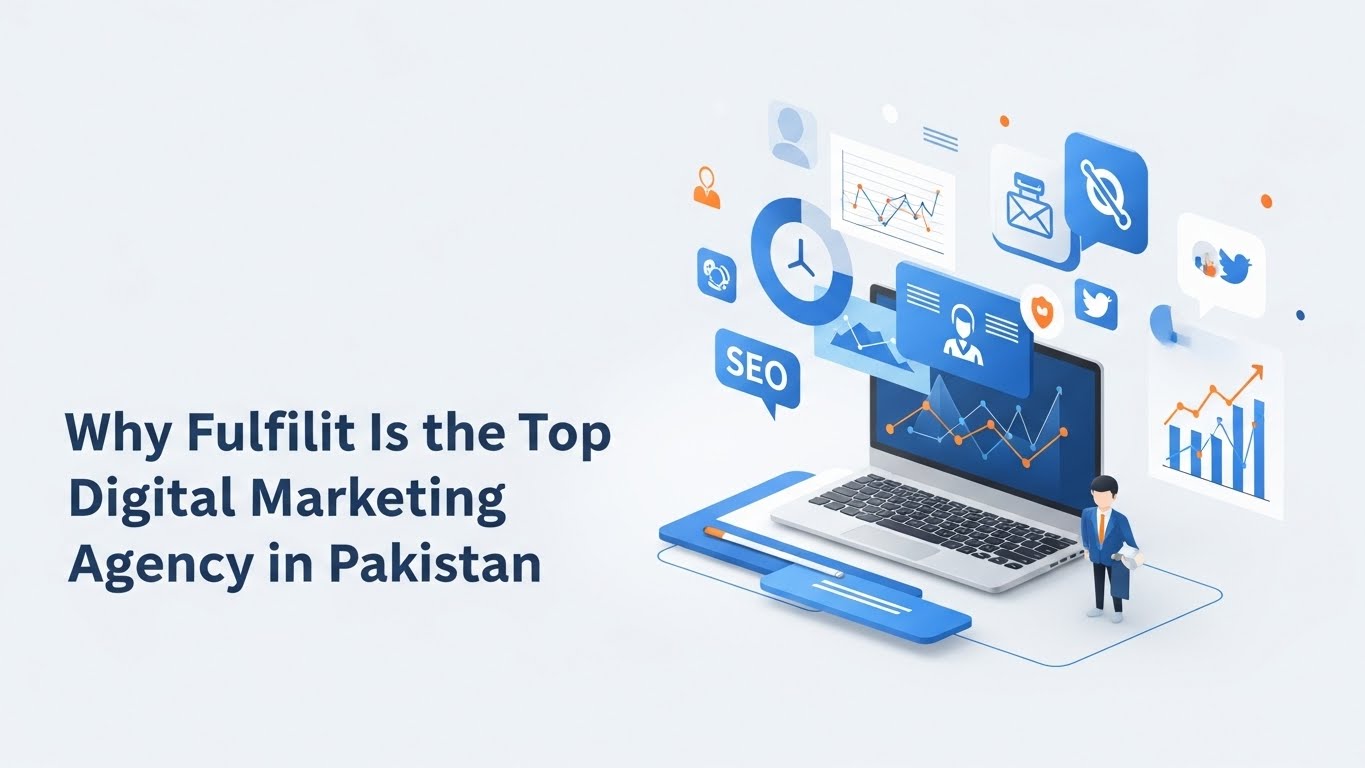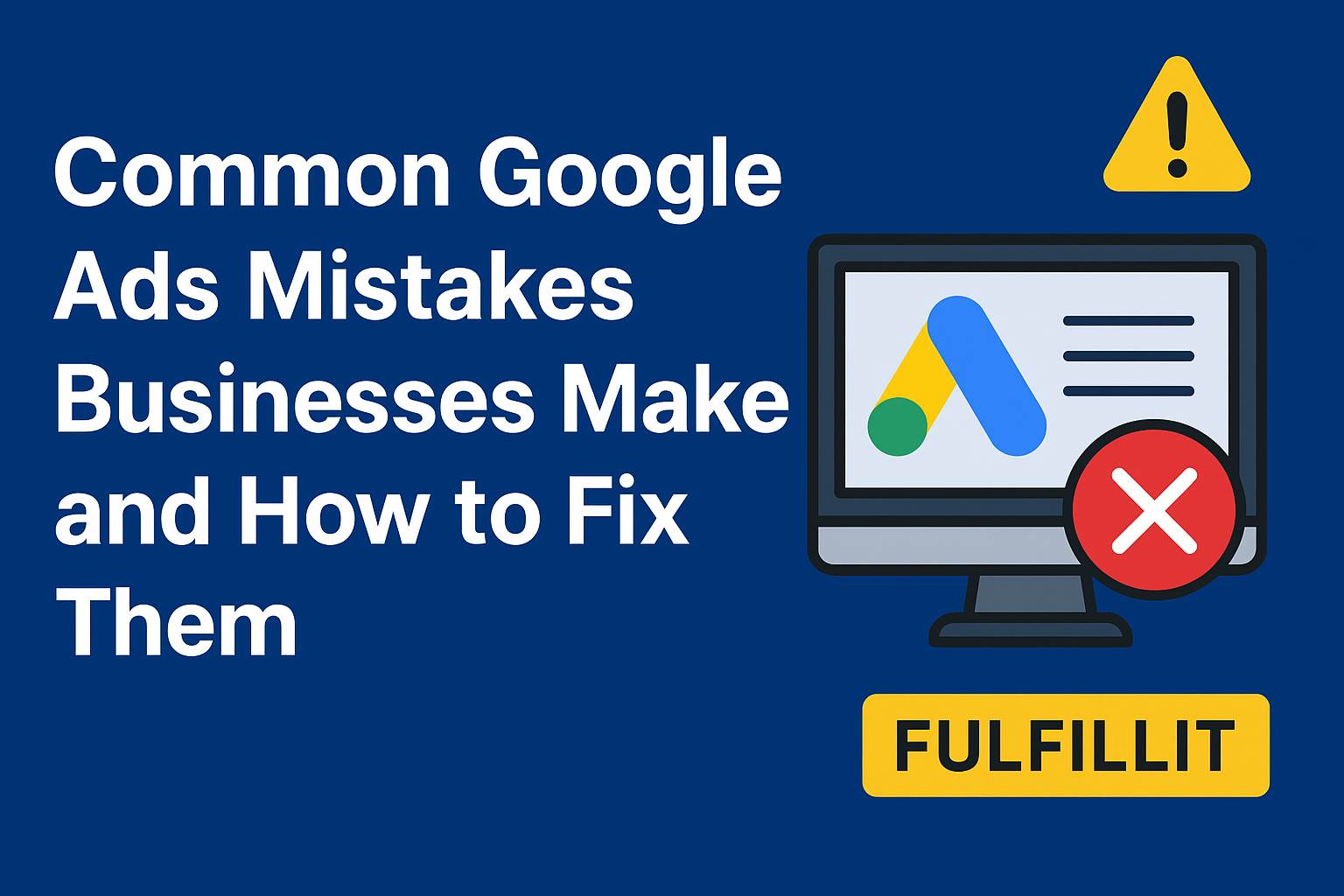In today’s world, when a business wants to advertise something, it’s important to show the ad to the right people. Facebook is a website that helps businesses do this. It has special tools that can find out who might be interested in seeing the ad. It’s like when you want to play a game with your friends, you invite only the ones who like that game. That way, you have more fun together, and everyone enjoys playing. Facebook helps businesses find the right people to target with Facebook ads, so the ads are more effective and people are more likely to be interested in them.
Understanding Facebook Ad Targeting
Facebook is a big website where lots of people share things and talk to each other. Sometimes, people want to show their advertisements to certain groups of people on Facebook. To do this, they use special rules and targeting criteria—that’s Facebook Ad Targeting. It’s like when you want to give a toy to a specific friend, you have to know their name or what they like. On Facebook, you can choose who sees the advertisement based on things like their age, where they live, or what they are interested in. This helps make sure the advertisement reaches the right people who might be interested in it. Essentially, the Facebook Ad Targeting campaign setup operates on three main levels:
- The Campaign Level: This is the foundational layer of your ad strategy. Here, the primary focus is on setting the campaign objective, which revolves around the goal you wish to achieve. If you’re willing to use the Campaign Budget Optimization (CBO) feature, this level allows you to do so. The CBO ensures that your budget is efficiently distributed across the ad sets to get the best results. Once you’ve fine-tuned your settings, activating the campaign is just a click away on the “Get Started” button.
- Adsets or Ad Groups Level: In-depth, this level gives advertisers the ability to choose audience segmentation, choose a budget, and establish a schedule. The beauty of targeting really starts there. You have a wide range of options, including demographics and interests, to target the precise user base that should view your ads.
- Ad Level: The final layer is all about the ad’s content. Here, you decide on the creative aspect, whether it’s a video, image, carousel, or any other format. It’s the face of your campaign—the content the audience interacts with.
It’s important to keep in mind that each of these levels has specific settings related to Facebook ad targeting, and being aware of them makes sure you’re making the most of the platform’s features. You can ensure that your advertisements not only reach the target audience but also resonate with them by being attentive and knowledgeable when setting up each level.
A/B Testing:
A/B testing, sometimes known as split testing, is a method used to compare two versions of a webpage or app against each other to determine which one performs better in achieving a specified goal. It’s a powerful method that aids businesses in making well-informed decisions backed by actual user data rather than mere assumptions.
Understanding A/B Testing
The fundamental idea behind A/B testing is presenting two different versions of a webpage to different segments of website visitors simultaneously and then analyzing which version brought about a better conversion rate. The one that gives a superior performance, in terms of the chosen metric becomes the “champion.”
- Version A: This is the original version, often known as the control.
- Version B: This is the modified version, which contains one or several changes from the original.
Why Conduct A/B Testing?
The primary reason for conducting A/B testing is to improve a website’s conversion rate. However, the applications of A/B testing can span across:
- Website designs
- Ad campaigns
- Product features
- Email campaigns
Steps to Conduct A/B Testing
- Set Clear Objectives: Before diving into the test, know what you’re aiming to achieve. It could be higher click-through rates, increased sales, more sign-ups, etc.
- Select and Create Variants: Once you have your objective in place, make a new version of the element you want to test. Remember, the changes can range from something as minor as a color change to a complete design overhaul.
- Split Your Audience: Divide your audience into two random groups. One will see the original version (A), and the other will see the modified version (B).
- Drive Traffic: Use tools and platforms that allow you to serve different versions of your content to different users. Platforms like Google Optimize or Optimizly can be useful.
- Collect and Analyze Data: Once you have sufficient data, analyze the results. Tools like Google Analytics can provide insights into which version performed better in terms of your predetermined objective.
- Implement: If version B outperforms version A, consider making the changes permanent. If not, revert to the original and hypothesize new changes for another A/B test.
Best Practices
- Test Only One Change at a Time: If you change multiple elements, it becomes challenging to determine which change influenced the outcome.
- Ensure Statistical Significance: Always ensure your results are statistically significant before making informed decisions.
- Be Patient: A/B tests, especially ones aiming for conclusive results, can take time. It’s essential to gather enough data before drawing any conclusions.
- Test Regularly: User behaviors change, and what worked six months ago might not work now. Hence, regular testing is crucial.
The Power of Options
For illustrative purposes, let’s say you’re testing three ads (Ad1, Ad2, and Ad3). Each of these ads can have multiple creative options. For instance, Ad1 might have Creative1, Creative2, and Creative3. The more options you provide to Facebook, the better it can optimize by testing which creative performs best. It’s akin to a competition: if there are more participants, the judge has a better chance of targeting the top performer of the Facebook ad.
Capabilities of Facebook Ad Targeting
One of Facebook’s strengths lies in its sophisticated targeting capabilities:
- Geographical Targeting: Whether you want to target at the city, state, or country level, Facebook’s got you covered. You can even target specific landmarks, such as the Badshahi Mosque or Taj Mahal, to capture the attention of tourists and locals alike.
- Demographics: Age, gender, education, financial status, marital status, etc. Facebook can hone in on specific demographic details thanks to the data users provide.
- Interests and Behavior: This can range from sports, technology, and shopping preferences to film genres, books, and hobbies. If you want to target individuals interested in action films, Facebook can do that.
- Device Targeting: Reach users based on their mobile device type, ensuring that your ad is optimized for their screen.
Placement Options
Apart from Facebook itself, you have the option to display your ads on Instagram, Messenger, and potentially other platforms owned by Facebook in the future. Whether you want your ad to appear in Facebook Stories, Instagram Stories, or Messenger’s inbox, you have full control over the placement.
In Conclusion
Facebook’s advertising platform, with its intricate levels and vast targeting options, offers a world of possibilities for marketers. However, with great power comes great responsibility. While Facebook provides the tools, it’s up to advertisers to use them effectively. The platform is constantly evolving, so always be prepared to adapt and innovate.
Remember, the success of your Facebook ad campaign doesn’t solely depend on the platform but on understanding your target audience, crafting compelling content, and optimizing based on performance data. So, immerse yourself in the options, test frequently, and refine your strategy for the best results. To get this service click on the link Fullfillit.pk
FAQs
1. What are Facebook ad targeting, and why is it important?
Facebook ad targeting refers to the process of narrowing down the audience for your ads based on specific criteria such as demographics, interests, behaviors, and geographical locations. It is crucial because it ensures your ads are shown to the right people who are more likely to be interested in your content, increasing the effectiveness of your advertising campaigns.
2. How does Facebook’s targeting criteria work?
Facebook’s targeting criteria allow advertisers to select who sees their ads based on factors like age, gender, location, interests, and more. This precision targeting ensures that your ads are shown to individuals who are most likely to engage with them, resulting in better campaign outcomes.
3. What are the different levels of a Facebook ad campaign setup?
A Facebook ad campaign setup involves three main levels: the Campaign Level, the adsets or Ad Groups Level, and the ad level. Each level plays a distinct role in crafting and optimizing your ad campaign, from defining objectives to selecting the target audience and creating compelling ad content.
4. How can I make the most of Facebook’s targeting features?
To maximize the effectiveness of your Facebook ad targeting, it’s essential to be familiar with the specific settings at each campaign level. By understanding and utilizing these settings, you can ensure that your ads not only reach the right audience but also resonate with them, leading to better engagement and conversions.
5. What is A/B testing, and why should I use it?
A/B testing, also known as split testing, involves comparing two versions of a webpage, ad, or other content to determine which one performs better in achieving a specific goal. It’s a valuable method for making data-driven decisions, optimizing content, and improving user experiences based on real user data rather than assumptions.
6. How do I conduct A/B testing effectively?
To conduct A/B testing successfully, start by setting clear objectives for what you want to achieve. Create variants of the content you’re testing, split your audience into groups, drive traffic to the different versions, and collect and analyze data to determine the better-performing version. Implement changes based on the results to enhance your content’s performance.









